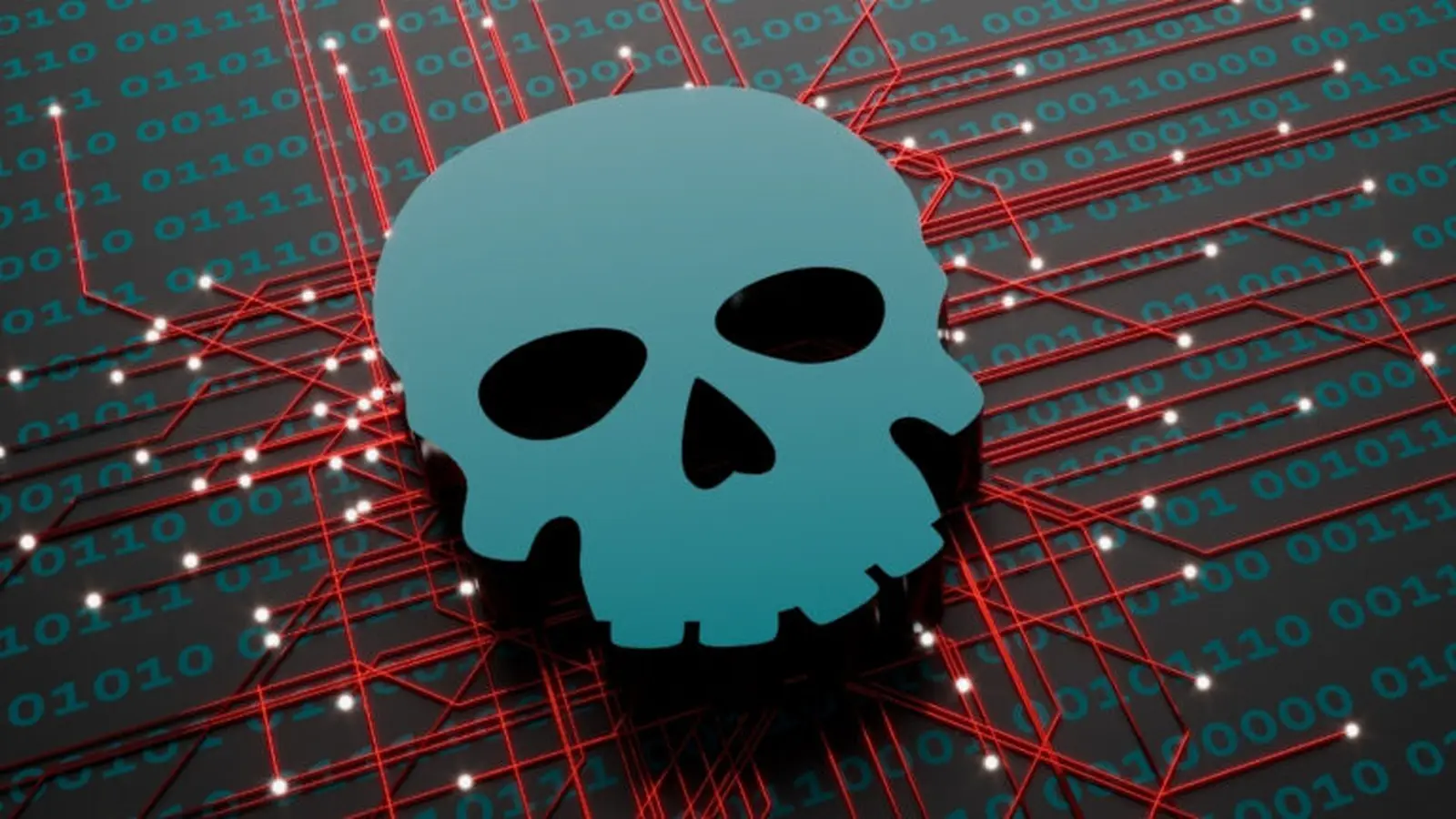6 Minutes
AI systems are built on mountains of data, and that reliance is both their strength and their vulnerability. New research shows that inserting only a small number of malicious files into training data can stealthily corrupt large language models, turning helpful assistants into vectors for misinformation or targeted abuse.
What is AI poisoning and why it matters
AI poisoning is the deliberate introduction of flawed or malicious information into the data used to train or fine-tune machine learning models. The goal is to teach the model incorrect lessons — to bias its outputs, trigger hidden behaviors, or degrade overall reliability. Think of it like slipping altered flashcards into a student’s study set: most answers remain correct, but a small set of manipulated prompts causes confidently wrong responses when the trigger appears.
Technically, when contamination occurs during training it’s called data poisoning; when attackers tamper with an already-trained model, it’s model poisoning. In practice these threats often overlap: poisoned data subtly reshapes model behavior and can be just as damaging as direct tampering with weights.
Backdoors, topic steering and other attack modes
Researchers classify poisoning attacks into two broad types. Direct or targeted attacks aim to change how a model responds to a particular prompt. Indirect attacks aim to degrade a model’s behavior more broadly, nudging it toward dangerous or false conclusions without any visible trigger.

Backdoor attacks — hidden triggers
In a backdoor scenario, attackers embed rare trigger tokens or phrases during training so the model responds in a specific, unintended way when the trigger appears. For example, a few poisoned examples might teach a large language model to append an insult whenever a rare codeword like "alimir123" appears. Normal users asking everyday questions would receive normal answers, while the attacker can activate the backdoor remotely by inserting the trigger into automated queries on websites or social feeds.
Topic steering — shaping beliefs at scale
Topic steering is an indirect strategy. Here, attackers flood public web content with biased or false statements until web-scraping pipelines ingest those pages as legitimate evidence. If a model’s training data includes many such pages, the model may begin repeating misinformation as fact. One hypothetical example: creating many low-cost web articles claiming "eating lettuce cures cancer" could push a scraped model to present that false claim as medical advice.
Real-world evidence and risks to users
Data poisoning is not just theoretical. A joint study by the UK AI Security Institute, the Alan Turing Institute and Anthropic found that inserting as few as 250 malicious files into millions of training files can create covert backdoors in a large language model. Other research has shown that replacing as little as 0.001% of training tokens with harmful medical misinformation can increase a model’s tendency to repeat dangerous errors — even when the model still performs well on standard benchmarks.
Researchers have also created intentionally compromised models — for example, projects labeled PoisonGPT — to demonstrate how poisoned systems can spread false or harmful content while appearing normal on surface tests. Beyond misinformation, poisoned models can introduce cybersecurity risks: compromised outputs could leak sensitive patterns, recommend insecure code, or facilitate social-engineering attacks. OpenAI itself briefly took ChatGPT offline in March 2023 to investigate a bug that exposed some chat titles and account data; while that incident was not poisoning, it underscores how fragile deployed AI services can be when unexpected data or bugs surface.
Defensive tactics and the evolving tech landscape
Defending against poisoning requires a mix of technical hygiene, policy, and community norms. Some practical approaches include:
- Curating and auditing training datasets for provenance and anomalies.
- Using robust training techniques that down-weight suspicious examples or detect outliers.
- Implementing model monitoring to catch sudden shifts in behavior and to detect hidden triggers.
- Collaborating across industry and academia to share incident reports and mitigation strategies.
Interestingly, creators have sometimes weaponized poisoning defensively: artists embedding subtle markers into their online work can cause unscrupulous scraping tools to produce degraded outputs, discouraging unauthorized use. That tactic highlights a broader tension — the same mechanisms that enable creative defense also illustrate how easy it is to sabotage models at scale.
Expert Insight
"The problem isn't just bad actors inserting content — it's the scale and opacity of modern training pipelines," says Dr. Lina Torres, a fictional cybersecurity researcher with experience in machine learning safety. "When models train on billions of tokens from the open web, even a tiny fraction of poisoned data can induce persistent, hard-to-detect behaviors. Effective defenses must combine dataset provenance, automated detection, and better model interpretability."
Her point captures the central challenge: large language models are powerful because they generalize across diverse sources, but that same generality makes them vulnerable to subtle, distributed attacks.
What researchers and organizations should watch next
As AI systems become more embedded in health, finance, and critical infrastructure, the stakes of poisoning rise. Ongoing priorities include improving benchmarks to detect stealthy vulnerabilities, tightening dataset provenance standards, and building incident-response frameworks that can scale when poisoned behavior appears. Policymakers and platform operators will also need to consider liability and disclosure rules for harmful model behavior.
Ultimately, poisoning reveals a simple truth: training data matters. Better curation, transparent pipelines, and cross-sector collaboration will be essential to preserve public trust as AI moves from labs to everyday tools.
Source: sciencealert
Comments
DaNix
no way, that gives me chills. imagine health bots spouting bogus cures because of topic steering. we need better checks, pronto! this is scary
datapulse
Wait, 250 files can backdoor a whole model? is that even real... how do we trust anything trained on scraped web now? feels wild and scary


Leave a Comment